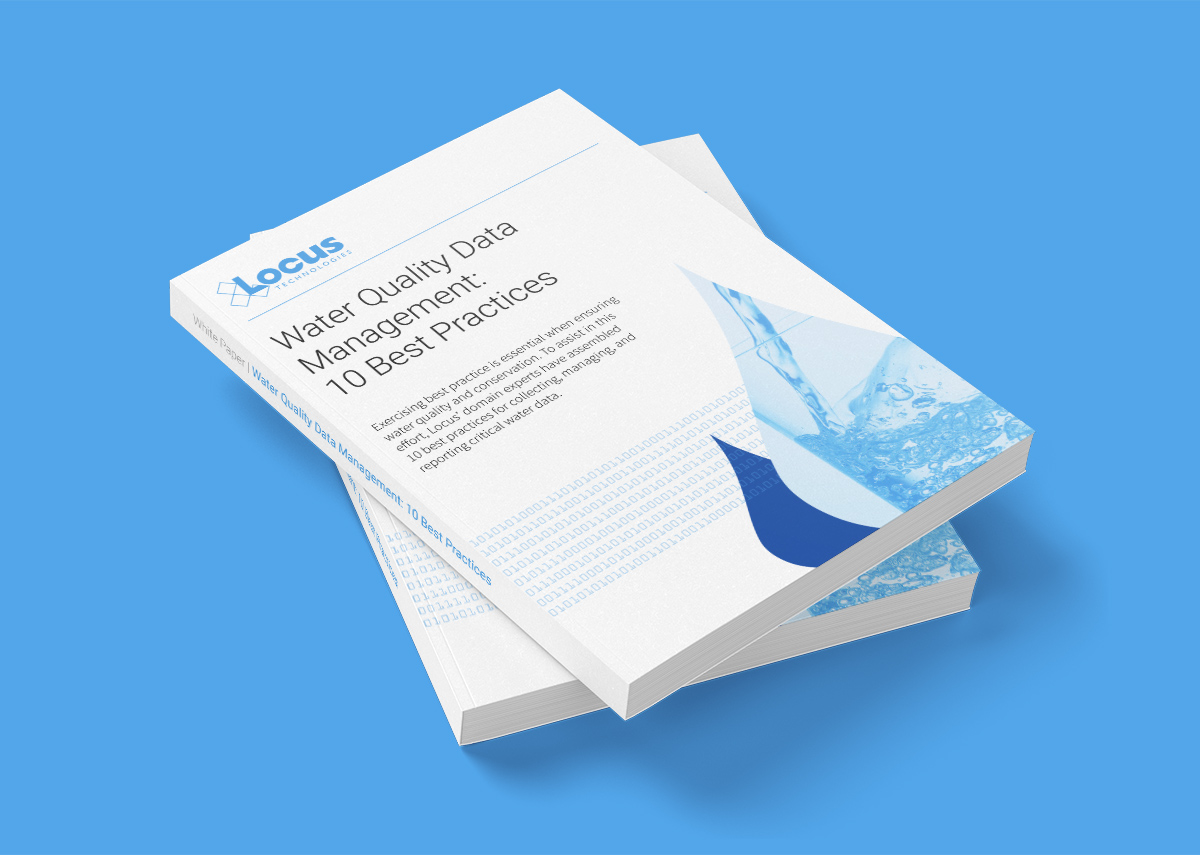Water Quality Data Management: 10 Best Practices
Water is our most essential and finite resource—its responsible management is foundational to protecting ecosystems, preserving access for future generations, and ensuring public health and economic stability. Following best practices in water data management is critical to achieving these goals and ensuring water quality and conservation. Accurate, timely data helps identify risks early, supports informed decision-making, and strengthens compliance efforts in an increasingly complex regulatory environment.
To assist in this effort, Locus’ domain experts have assembled 10 best practices for water quality data management, including tips for collecting, managing, visualizing, and reporting critical water data. These strategies serve as a practical framework for organizations seeking to improve oversight and transparency while avoiding costly errors and inefficiencies.
Taking these simple steps of revisiting how you address water quality data management, the reasons you collect the data, the tools you use to track the data, and the latest advances in technology can provide fresh perspectives to ultimately help you streamline and improve your management of this essential resource. For example, having a solid understanding of the options for real-time tracking, predictive analytics, and automated alerts are important to quality programs. Likewise, following best practices to reduce manual errors and streamline reporting not only enhances regulatory alignment but also delivers cost and time savings.
In the face of growing environmental challenges, staying current with expert guidance and committing to best practices is not just prudent—it’s a powerful investment in our collective future.



